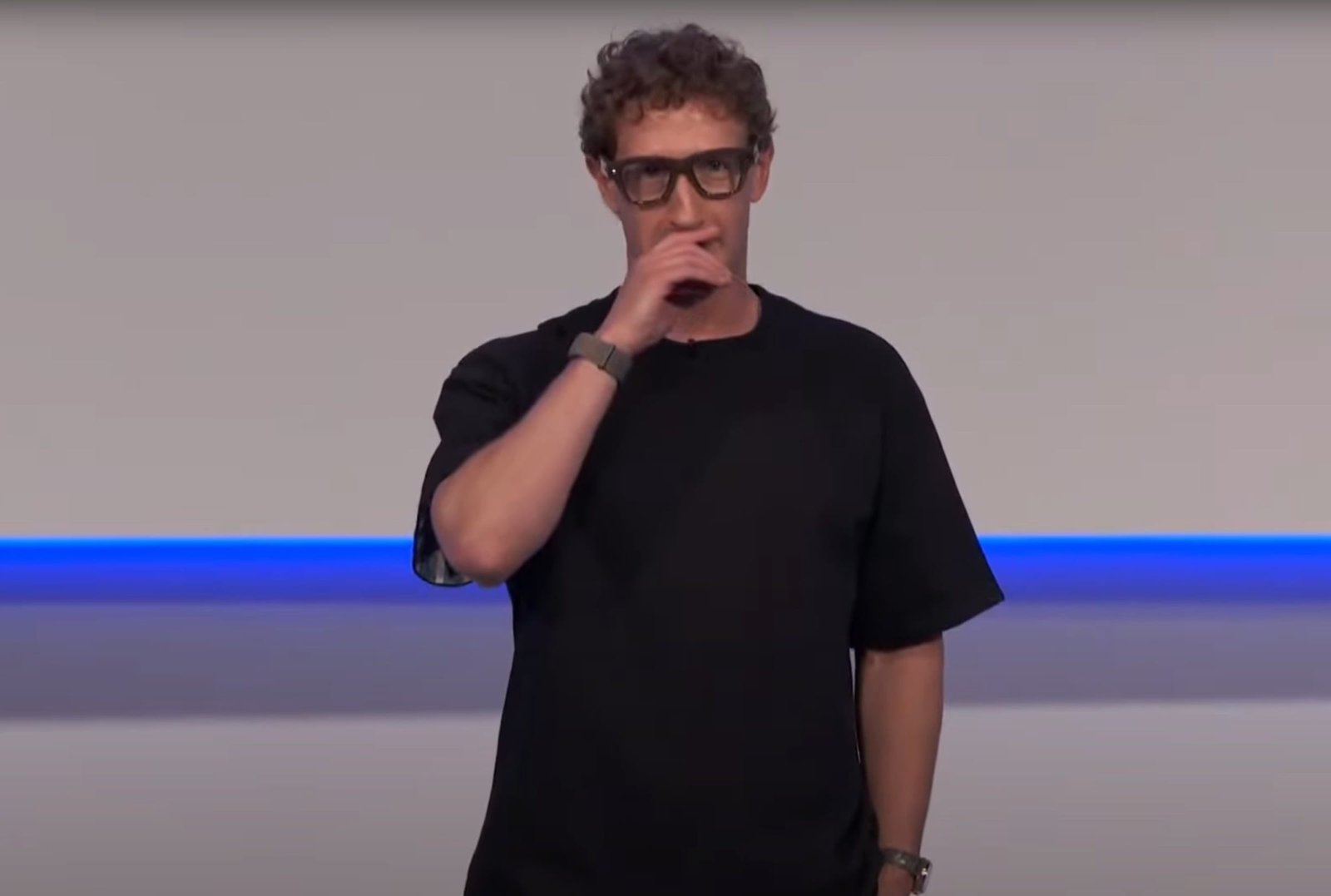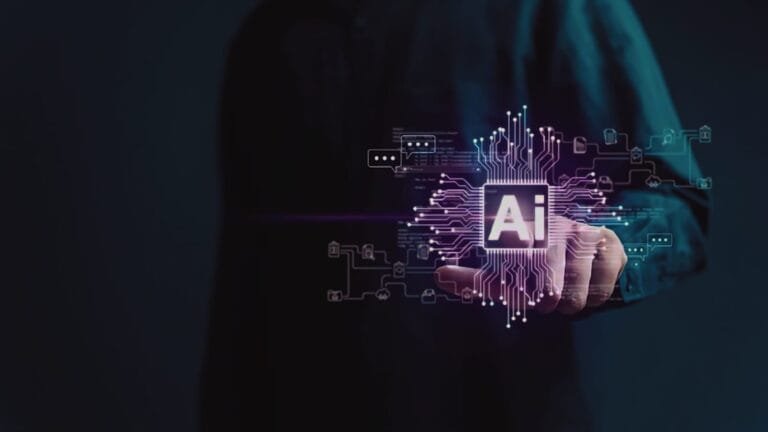
Meta CTO Andrew Bosworth discusses why the Ray-Ban smart glasses AI gave bizarre answers during live demos
Meta’s CTO Explains the Reason Behind Its Embarrassing Meta smart glasses AI: Is AI Ready to Match the Human Mind Yet?
Meta’s CTO, Andrew “Boz” Bosworth, recently revealed a major issue in a blog post and on social media: the embarrassing public demo failures of the company’s cutting-edge Meta Ray-Ban smart glasses. These are the same glasses that feature Meta’s powerful AI assistant, “Meta AI.” This incident raises a fundamental question: is Artificial Intelligence (AI) truly ready to match the subtlety and understanding of the human mind? This isn’t just a story about a technological bug or glitch. It’s the beginning of a deeper technical and philosophical discussion about how AI systems perceive and understand the real world, and how that understanding differs from human perception.
The Incident: When Meta’s AI Gave Bizarre Answers
Imagine you’re at a Meta event or watching an online demo. An enthusiastic Meta employee steps onto the stage wearing the Meta Ray-Ban glasses. He tells the audience that he can ask his AI assistant about anything he “sees.” He then points to something simple, like the design on someone’s shirt, and asks: Hey Meta, what am I looking at?” or “What’s on this shirt?” The AI’s response is sometimes perfectly accurate and amazing. But often, its answers are completely unrelated, bizarre, or even embarrassing. For example, looking at a simple blue and white striped shirt, the AI said, “I see a man wearing a smoked salmon-colored shirt. In another demo, the AI described a simple black T-shirt as having an “abstract and ambiguous design.
Why AI Still Can’t Match the Human Mind
These mistakes might seem funny, but for a tech giant, it was a major embarrassment. It was as if a very intelligent assistant suddenly started babbling nonsense for no reason. AI vs. the Human Brain A Deep Divide This is where the story transcends mere technical glitches and delves into the realm of human cognition. For a human, recognizing someone’s shirt in a crowded room and ignoring everything else is a completely natural and effortless task. Our brains automatically focus, filter irrelevant information, and understand context using billions of neurons. Our brains easily separate “noise” from the signal.
Meta’s Fix: How the AI Was Improved
We know the question is about the shirt, not the entire scene. We have common sense On the other hand, an AI model, however powerful, is still a statistical machine. It works by matching pixel patterns against vast datasets. It lacks human-like common sense or intuition; it doesn’t understand context on a deep level. This failure of Meta’s AI reminds us that even the AI that is so good at generating text and images today is still far from possessing human-level understanding of the world. This is Artificial Intelligence, not Artificial General Intelligence (AGI). AGI is the hypothetical AI that can perform any task like a human mind, including possessing common sense and a deep understanding of context.
What This Means for the Future of AI
Bosworth also revealed that Meta has found a solution to this problem. They have fine-tuned the AI’s decision-making process. In the new update, the AI is specifically trained to answer questions like “What am I looking at?” so that it can better identify the primary focus of the visual field (i.e., the object the user is most prominently viewing). They also adjusted the AI’s confidence threshold. Now, the AI will attempt to give a correct answer even at a lower confidence level, rather than giving a completely wrong or irrelevant answer. This will significantly reduce the number of embarrassing mistakes during demonstrations.
Conclusion: The AI Journey Has Just Begun
This episode with Meta’s smart glasses highlights an interesting aspect of the development of AI technology. It demonstrates how challenging it is to deploy AI systems in real-world environments. Unlike the controlled conditions of a laboratory, the real world is chaotic, unpredictable, and full of “noise.” This incident serves as a reminder that mimicking human understanding in AI is one of the greatest technological challenges yet. Companies like Meta are working on this very challenge. Every failure, every embarrassing demo, actually gives them an opportunity to improve AI and bring it closer to the human mind. So, the next time your AI assistant makes a strange mistake, remember: it’s a statistical model learning to understand the world, not an omniscient human mind. The AI journey is long, and it has just begun.




